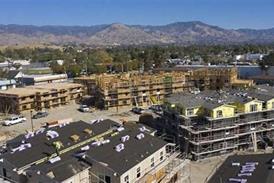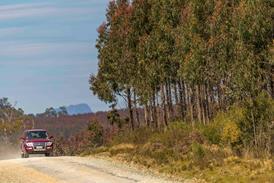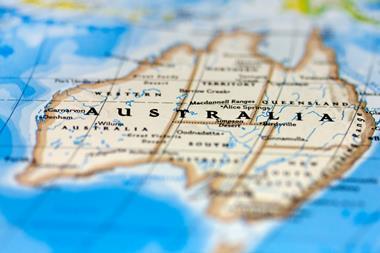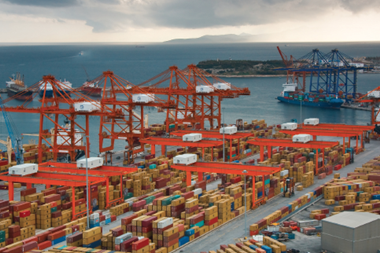Australia’s sovereign wealth fund has reported above-target returns as it shifts out of cash into infrastructure and alternative assets.
The Future Fund said it produced a total return of 7.8% in 2016, while its exposure to alternative assets, including real estate, increased from 12.6% to 14.2%.
Managing director David Neal attributed the increased exposure to infrastructure to the acquisition of the Port of Melbourne.
The Future Fund was part of a QIC-led a consortium, including Canada’s OMERS and China Investment Corporation, which bought Australia’s largest container port for AUD9.7bn (€6.83bn) last year.
Neal said: “We settled on the port in the last quarter.”
The Future Fund has also committed AUD400m to AGL Energy’s AUD2bn renewable energy fund.
Total allocation to infrastructure and timberland was AUD10bn at year-end, 7.9% of the total portfolio.
Most of that was in infrastructure, said former Australian treasurer, Peter Costello, the fund’s chairman.
Costello described the 7% allocation to infrastructure as “pretty decent,” adding that not many investment funds’ infrastructure exposure would be “that high”.
The Future Fund’s allocation to real estate was AUD7.9 billion, equivalent to 6.2% of its portfolio.
Neal said that the Future Fund had been de-risking throughout 2015 and 2016, mainly by reducing its equities investment.
He was comfortable with a “slightly conservative” position, but said: “We are not expecting or forecasting major market dislocation.”
Costello, who set up the Future Fund when he was Australia’s Federal Treasurer in 2006, said that, despite the challenging global environment, the fund had met its mandated return of 4-5% above inflation rate since inception.
The fund was set up with a federal government contribution of AUD60.5bn.
With consistent annual returns of 7.8%, that initial capital had grown to AUD127.7bn by 31 December 2016.
Costello said 10-year bonds, the benchmark for investment returns, were trading at around 2%, with a real return of 1% or less, compared to an historical return of 5-6%. He said such low returns and a risk environment would continue into the future.
The Future Fund’s existing mandate was “a proper mandate for the last 10 years”, but given the outlook for the investment climate, the fund’s mandate needed to be revisited for the next 10 years “and the government will consider this”.
The government has instructed the fund not to take excessive risk, but still seeks a 4.5% real return.
“Those two objectives, which we’ve managed over the last 10 years, will be rubbing into each other over the next 10,” said Costello.
Under the current statute, the Australian government will be able to start drawing down on the fund from 2020.














No comments yet